If you are a tea lover, you may wonder what the difference is between Japan's two most popular green teas: Hojicha vs Matcha. Matcha is a more widely known favorite that spans the globe, while Hojicha is a lesser-known option. Both teas come from the same green tea plant, with different cultivation methods. Read on as we explore the differences, traditions, and benefits of Hojicha and Matcha Green Japanese Teas.
Japanese green tea is world-renowned for its first-class cultivation methods and traditional Japanese tea ceremonies that result in the incredible health benefits of green tea.
Green tea is served in the morning, as a mid-afternoon pick-me-up, or as a welcoming treat for a house guest. Tea is often served with meals and during special meditative ceremonies. It is known to boost mood and energy levels as well as digestion during a meal.
Try also: Caribbean Mauby Bark Tea!
Jump to:
Green Tea vs Black Tea
Both Hojicha and Matcha come from the same tea plant, Camellia Sinensis. Both green and black tea are made from this same flowering plant. Green tea leaves are harvested sooner than black tea and processed differently. The key difference between black and green tea is that black tea is oxidized (exposed to air), allowing the leaves to turn a darker color. This process also changes the flavor and chemical composition of tea.
All types of green tea are steamed before being dried to stop the oxidation process and preserve its unique flavor and properties. The differences in green teas depend on the roasting, timing of harvest, and preparation.
Regardless of the type of green tea, it tends to have higher amounts of antioxidants than traditional black teas. This fact, along with the different flavors and benefits of green tea, makes it highly sought after worldwide.
Be sure to also check out our comparison article to learn about the benefits and differences between Matcha and Yerba Mate.
Hojicha Green Tea
Hojicha has a unique taste and color compared to regular green tea and matcha. Its tea leaves have a reddish-brown color and an earthy aroma. A cup of hojicha actually has a sweet and smoky flavor. This is primarily due to the unique roasting process and quality of leaves.
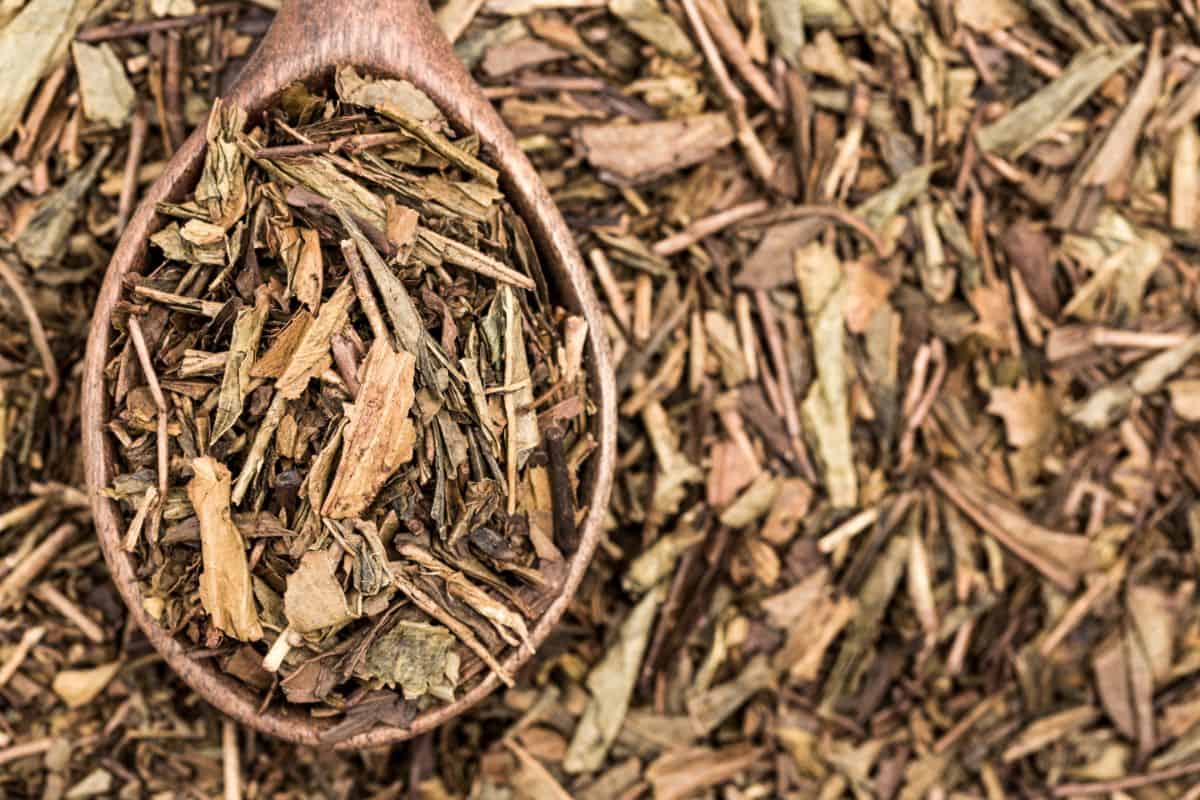
Hojicha's flavor profile is achieved by using more mature tea leaves than other green tea preparations, like Matcha. The younger tea leaves are reserved for Matcha tea, while Hojicha tea uses the second harvest of tea. Other parts of the tea plant like twigs and stems are also commonly included in Hojicha tea.
The whole leaves are tightly rolled together with stems and twigs, steamed, and then slow-roasted at very high temperatures.
Typically, Hojicha is left in a loose leaf form but may also be made into tea bags and even ground into powdered form.
Whatever form, we recommend using organic hojicha that is cultivated as the second harvest for a higher quality tea and a better drinking experience.
Preparing Hojicha Tea
Much like Matcha, Hojicha powder is made into tea by mixing the powder with hot water. Adding milk or cream can make a delicious Hojicha Latte. Coconut milk or cream pairs wonderfully with this tea.
Traditionally, Hojicha is prepared using a porcelain pot called a Tokoname Teapot. This ancient teapot dates back to the 12th century and was originally made of clay. Green tea enthusiasts believe this unique pot sweetens and smooths the flavor of the tea. This is what is known in Japan as the umami flavor of the tea.
Umami flavor is sought in many preparations of cuisine and drink, especially with Matcha and Hojicha. Umami is defined as a taste just as sweet, salty, sour, and bitter. It is a savory, smooth distinction of taste.
The specialty pot is made using iron-infused clays and finished without a gloss. It also comes with a built-in strainer to keep the tea leaves in the drink without coming through when it is time to pour.
In preparing Hojicha, it is also important to use the proper temperature to achieve ideal flavor and consistency. Bring water to a boil and allow it to cool to around 190 degrees Fahrenheit.
The higher the quality of tea, the lower the temp should be used in order to preserve its delicate properties and flavor.
Let 1 and ½ teaspoon of loose-leaf tea steep in the Tokoname Tea Pot for 30 seconds and serve hot. If you do not have the specialty pot, be sure to pour over a strainer to avoid getting leaves in your cup.
Similar to Matcha, the tea is served in small portions. Be sure to use smaller cups for serving this delicious drink.
 Japanese Green Tea Co. Japa...Shop on Amazon
Japanese Green Tea Co. Japa...Shop on Amazon
Matcha Green Tea
Matcha is one of the most popular teas around the world and is found in many tea shops. It is made from the same green tea plant as most green tea, but specifically grown and harvested in the shade to preserve its high antioxidant and amino acid content.
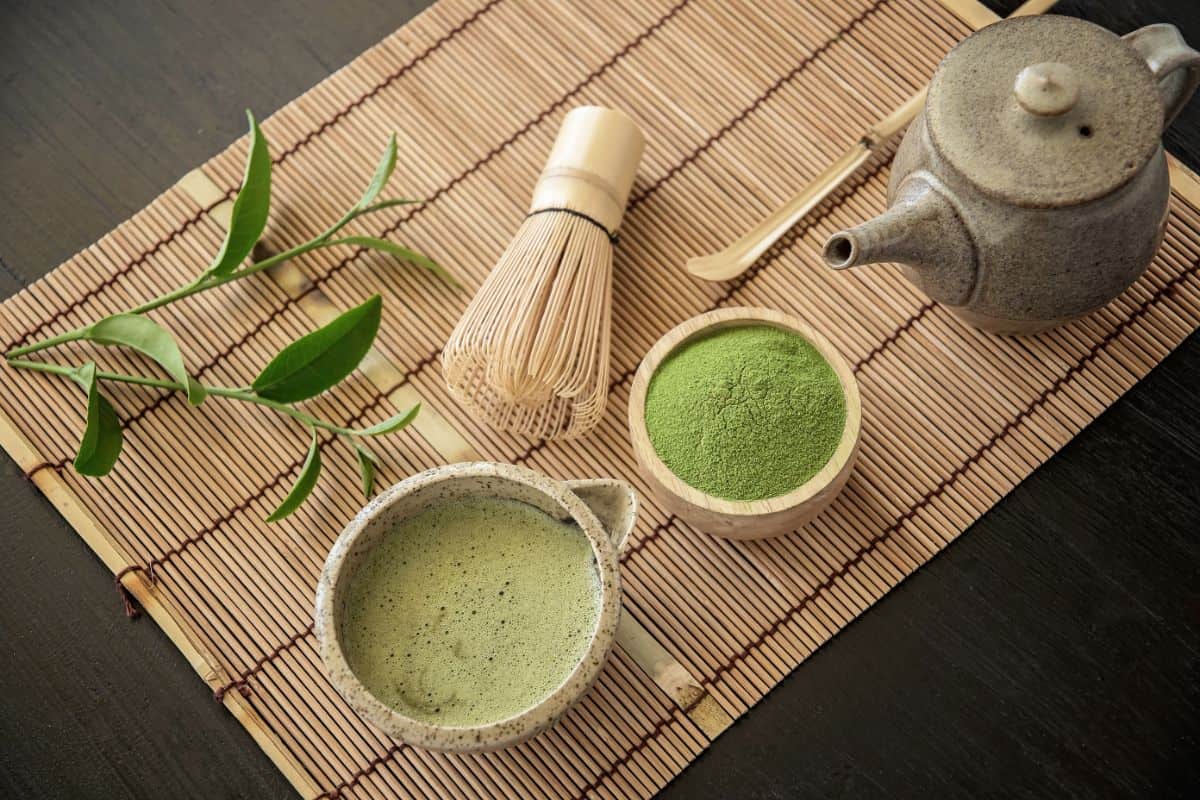
Ceremonial grade matcha is the highest grade and comes from the very first harvest of green tea plants. Finally, the young tea leaves are lightly steamed, dried, and stone-ground into a fine powder.
Most matcha have a bitter taste, but the highest quality has more of a sweet taste due to its L-theanine content.
Matcha powder of the highest quality has a bright green color and a very fine consistency similar to baby powder. Lower-quality matcha has a duller color and grittier texture. Culinary grade is used in baked goods, ice cream, and even in a matcha latte. Be sure to read our guide on how to choose the best quality matcha.
Preparing Matcha
Matcha's preparation dates back to ancient Chinese monks. The cultivation and preparation have been a meditative tradition for centuries. Several hundred years ago, the ritual was shared with Japan and has since taken root in Japanese tradition.
Traditional matcha tea ceremonies consist of a tea bowl, a bamboo whisk, a tea scoop, and a sifter. The fine green tea powder is measured and sifted into a tea bowl. A bamboo whisk is used to separate the powder even further.
The temperature of the water is also important in the preparation. Using water that is too hot may result in a more bitter-tasting tea. The temperature should be between 158F-176F. The lower the temperature, the more mellow the flavor.
Pour approximately 1-2 ounces of water over ¼-1/2 tsp of matcha powder. Using the specially designed bamboo whisk, gently whisk together the tea. The powder will dissolve into a vibrant green color.
Ceremonial matcha will create a telltale layer of froth on the top of your drink.
 Bamboo Matcha Whisk and Bow...Shop on Amazon
Bamboo Matcha Whisk and Bow...Shop on Amazon
Caffeine Content
Another key difference between Hojicha vs Matcha Tea is the differing caffeine levels. Matcha is actually very high in caffeine, even greater than a cup of coffee. On the other hand, Hojicha has a low caffeine content at a fraction of Matcha and other teas. In fact, Matcha has about 20 times the amount of caffeine than Hojicha!
The lower caffeine content is because Hojicha uses parts of the tea plant that has significantly less caffeine than the leaves that are used to make matcha and other teas.
Health Benefits
Green tea is packed with antioxidants, amino acids, catechins, vitamins, and minerals. Among the most prevalent and popular benefits are the amino acid L-theanine and the antioxidant EGCG.
L-Theanine is famous for its calming and anti-inflammatory properties. Combined with other energizing properties in the tea, it helps to maintain a calm laser-sharp focus throughout the day.
EGCG is a super antioxidant polyphenol that reduces the damage from free radicals, supports brain and heart health, fights the signs of aging, and aids in stimulating metabolism. The tannins in tea also help reduce plaque-causing bacteria, which helps to improve oral health.
Not only that, but studies have shown it to help prevent and stop the growth of cancer cells.
While all green tea contains some levels of these benefits, the most potent amount of antioxidants is preserved best in Ceremonial Grade Matcha. Matcha uses the first harvest and highest quality leaves of the green tea plant and has the antioxidant prowess to support it.
 Naoki Matcha Superior Cerem...Shop on Amazon
Naoki Matcha Superior Cerem...Shop on Amazon
 Matcha Moon Hojicha Powder ...Shop on Amazon
Matcha Moon Hojicha Powder ...Shop on Amazon
 Ocha & Co. Hojicha Tea – ...Shop on Amazon
Ocha & Co. Hojicha Tea – ...Shop on Amazon
Choosing a Green Tea
The choice between Hojicha vs Matcha or other teas depends highly on personal preference. The different methods of cultivation and preparation yield various flavor profiles. While Hojicha is a roasted green tea with a smoky aroma and flavor, Matcha has a more vegetal smell and taste. The main differences lie in color, flavor, aroma, and caffeine content.
The health benefits of both hojicha and matcha are undeniable. Drinking green tea regularly improves physical and mental health and wellness. The choice is up to your lifestyle and taste preferences.
Some may enjoy the meditative ritual of preparing matcha while others prefer a quicker method of preparation.
If you are sensitive to high caffeine content, you may want to opt for Hojicha as it has far less caffeine.
If weight loss or cancer prevention is your primary goal, the better choice might be high-quality matcha.
Many green tea enthusiasts have both types of tea on hand for different occasions and moods.
Have you tried Hojicha or Matcha Green Teas? Which is your favorite? Let us know in the comments below!
Be well,
Natalie

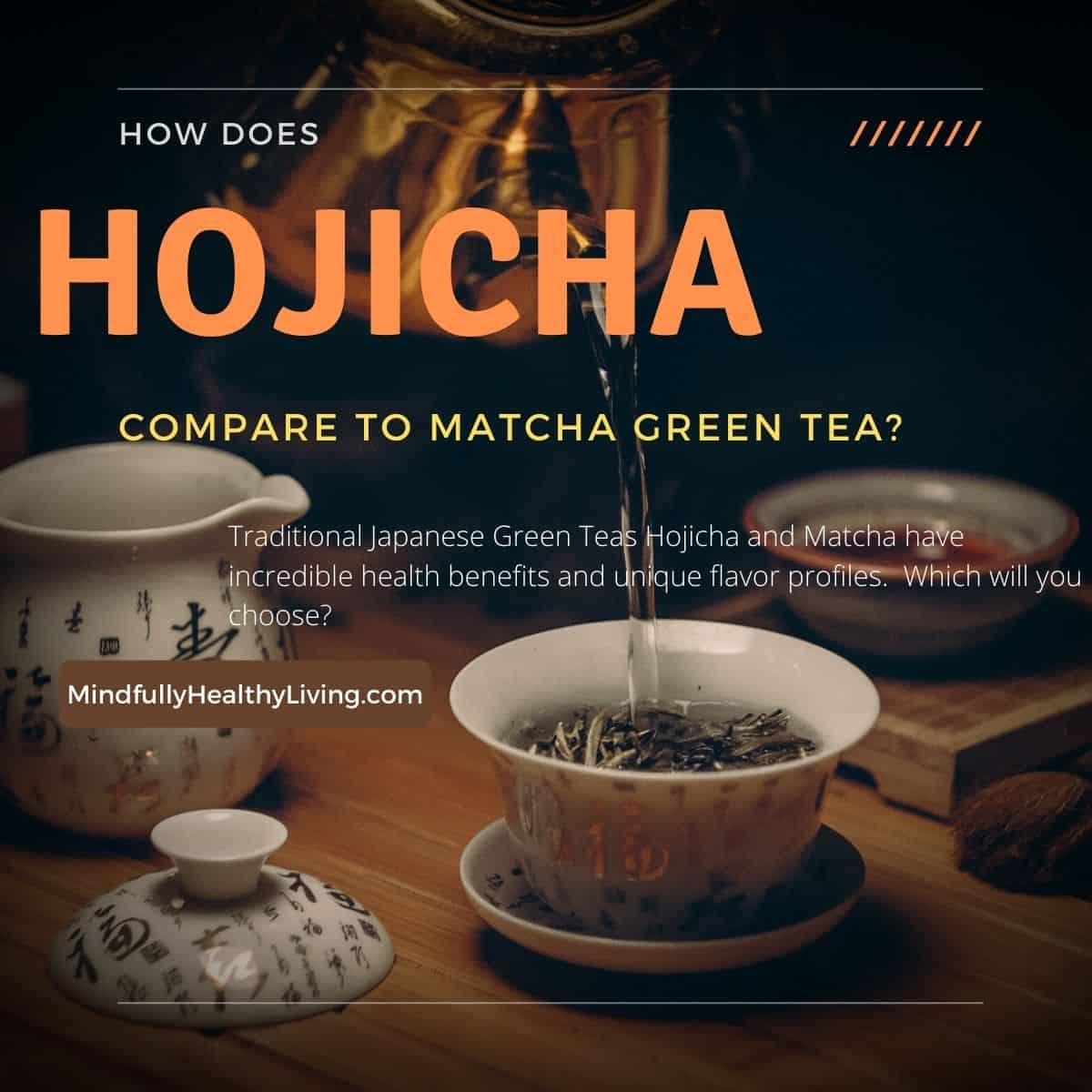
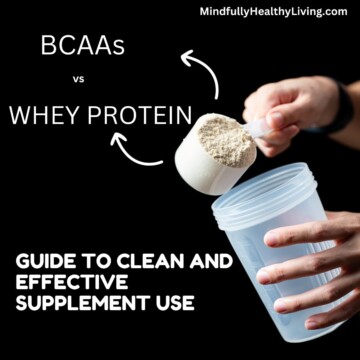
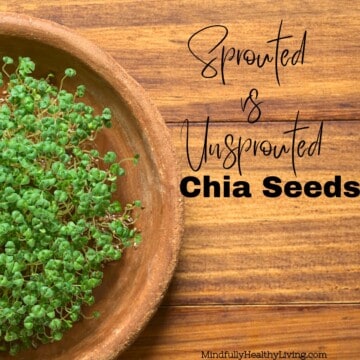
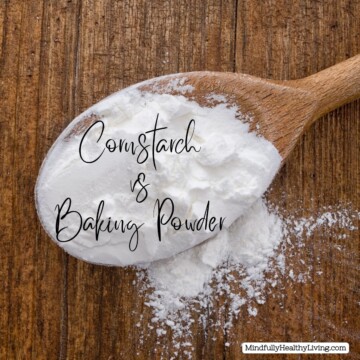
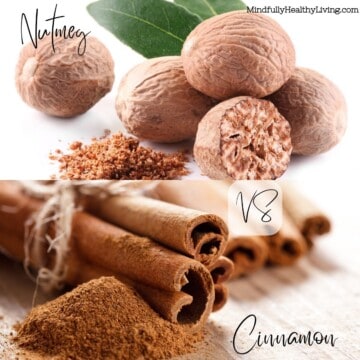
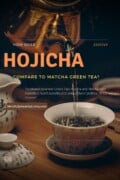
Pastor Natalie (ExamineThisMoment) says
Thank you for sharing the differences in both these teas. Both sound like healthy choices. 😊
Pastor Natalie (ExamineThisMoment)
Letstakeamoment.com
Natalie Perry says
You are welcome!
Courtney says
Thanks for sharing! I love both teas and all the health benefits!
Natalie Perry says
You are welcome. We do also!